Table of Contents[Hide][Show]
- In Skin Care, There Is a Difference Between Industrialized Seed Oils and High-Quality Ones
- Seed Oils Are Trending
- Add a Little Nuance to Your Seed Oil
- How Industrialized Seed Oils Became Pervasive
- How Industrialized Seed Oils Can Internally Damage the Body
- So, Which Oils Are Bad for You or Your Skin? Are There Any Good Ones?
- More Seed Oils…
- The History of Seed Oils for Beauty
- Why Applying Oils Topically Is Beneficial for Skin
- Seed Oils for Skin: Final Verdict
In Skin Care, There Is a Difference Between Industrialized Seed Oils and High-Quality Ones
I’ve been in the health industry for over 20 years and have seen a lot of different messages come into and fall out of favor in that time. I’ve seen trends, fads, and scams. I’ve seen different diets come and fade away. I’ve also seen some really solid advances in science and technology. There are too many examples of all of these to list here, I actually filled a whole book with them back in 2015 (here). But the reason I’m writing, literally for the first time in close to that many years, is to address a new trend that makes a lot of sense. I just feel it needs an advocate to make sure it has a fully explained and fair trial in the court of the internet masses.
The narrative I’m talking about, which is catching a lot of traction, is how seed oils, when consumed, can negatively affect your health.
As a reminder, the seed oils in question here include:
- Canola Oil (Rapeseed Oil)
- Corn Oil
- Cottonseed Oil
- Soybean Oil
- Safflower Oil
- Some Types of Sunflower Oil
- Some Types of Grapeseed Oil
I’m not going to make this a science essay, so you can read on your own some well-written sources on this topic, in fact, here’s a good one by my friend Chris Kresser on how industrial seed oils are making us sick. I think there’s a lot of merit to this assertion. Many experts agree that we should not be eating poorly sourced, poorly produced oil from seeds, as they can be inflammatory. So, case closed, right?
Not exactly, just like it’s possible to have a beef that is deemed healthy—grass fed, grass finished, it’s also possible to have healthier seed oils.
But I’m not here to give you diet advice. I gave up on that years ago. I’m here to make a clear distinction between consuming seed oils, high and low-quality seed oils, and applying them to your skin, and why it is different from eating them.
Seed Oils Are Trending
It’s great that everyone is getting into biohacking, anti-aging, and non-toxic lifestyles. More than 15 years ago, our family members used to roll their eyes at us when we would show up at their homes with our Vitamix. Now they all have one.
I feel that eliminating or limiting processed seed oils in your diet is one topic that will stick. Many people will benefit from the flood of information in their social feeds about the dangers of seed oils.
You may (if you’re not vegan) have already substituted tallow in place of PUFAs (polyunsaturated fatty acids, such as canola, soybean, and corn oil) or you may have already swapped your go-to bag of snacks for seed oil-free Siete tortilla chips. You may have even gone to the extreme, which I like to do, and sworn off all seed oils from your lifestyle and decided to take inventory of all the seed oil-laced products you’ll get rid of in your home. Kicking them out, one by one.
But as you go through each room and make your way to your bathroom shelf, you will likely be confused. Your favorite clean beauty moisturizer—one you’ve been using for years with happy results—likely has a base blend of seed oils. How is it possible that a product has helped your skin all these years, keeping it healthy and saving it from inflammation, when seed oils seem to be the antithesis of health today?
Add a Little Nuance to Your Seed Oil
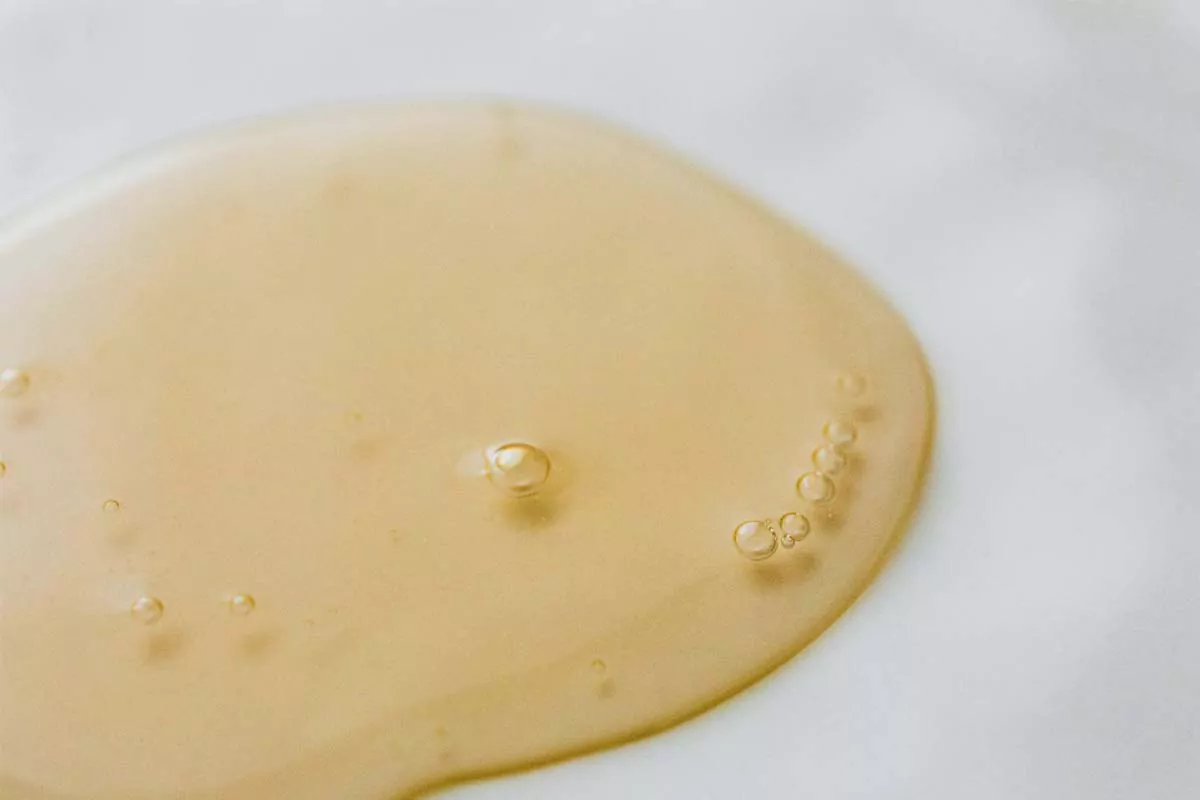
It seems like a difficult question to answer, but it’s not as daunting if you understand that all health information is nuanced. The example comparing two different cuts of beef—one factory-farmed and inflammatory vs. one grass-fed, grass-finished and anti-inflammatory—is maybe my favorite to use. The average person wouldn’t be able to tell the difference (you or I might), to them they’re both steaks. But to a savvy, health-minded consumer, they could (and should) be considered completely different foods.
Back to seed oils, though—in this article, I’d like to assert a few things. First, there are garbage seed oils. Second, limiting or eliminating seed oils in your diet, particularly the nasty ones, is very good advice. Third, those nasty-garbage seed oils shouldn’t be used on your skin either, because there are better options. And finally, there are good seed oils for your skin—ones that are of an organic or wild and high-quality source, and cleanly processed—and they can profoundly nourish your complexion.
We’ll touch more on our sourcing in a bit and dive into some of the intricacies of why our oils are different. I think now’s a good time to take this a step further and take a deeper look into the question “are seed oils in skin care bad for you?”
In this article, we’ll dive into:
- The brief history of how seed oils took over the consumer market
- The way seed oils can affect our health
- Why sourcing matters and what impact it has on the end product
- Which seed oils to avoid
- The history of seed oils in beauty rituals
- Plus more around oils for your skin
How Industrialized Seed Oils Became Pervasive
In the mid-20th century, a shift occurred in the Western diet when industrialized seed oils, such as soybean, corn, sunflower, and canola oils, replaced traditional animal fats like butter and lard in the food industry, due to being cheaper to obtain and sell. These oils were mass-produced through processes like high heat exposure and chemical extraction and refining, leading to the loss of essential nutrients and the introduction of harmful additives. Through heavy marketing and branding of products like Crisco and margarine as “vegetable-based,” public opinion was quickly swayed into believing these products to be a “healthier, more affordable alternative.” This replacement marked the beginning of a health crisis—unbeknownst to the customer—as the modern diet became increasingly saturated with low-quality oils with no nutritional value.
How Industrialized Seed Oils Can Internally Damage the Body
Industrialized seed oils contain high levels of a type of polyunsaturated fatty acid called omega-6 fatty acids, particularly linoleic acid. While omega-6 fatty acids are essential for the body, an imbalanced ratio of omega-6 to omega-3—usually due to an excessive intake of omega-6—can lead to inflammation, which is associated with various health issues, like cardiovascular disease, obesity, diabetes, IBS, autoimmune disorders and many others directly linked by science and likely some that aren’t (just yet.)
Your human (if you identify as such) diet should ideally maintain a balanced ratio of omega-6 to omega-3 fatty acids, as both are vital for our health. However, the modern diet has shifted this ratio dramatically, with omega-6 intake surpassing omega-3 intake by a significant margin. This imbalance disrupts the body’s natural inflammatory response and promotes chronic inflammation. Chronic inflammation, in turn, can begin to show its effects outwardly, exacerbating skin conditions like acne, eczema, and psoriasis.
In an effort to help recalibrate this imbalance, introducing sources that are rich in omega-3s into your diet (such as wild or grass-fed meat and fish, or flax, chia, and algae for vegans) as well as increasing your awareness around how much omega-6 you are taking in and reducing usage is a good practice. Swapping out industrialized seed oils that have no nutritional value and cause dysfunction in the body with high-quality fat sources, such as organic, cold-pressed extra virgin olive oil (cooked at lower heat levels due to its lower smoke point), organic virgin and unrefined coconut oil, or grass-fed butter, tallow, and ghee are some of the ways to go. Just to restate, I’m not here to debate diet, so there may be some dissent here regarding which of these oils are ok to eat or even morally appropriate to do so. My point is that on the scale of “good, better, best,” industrial oils are “shit.”
So, Which Oils Are Bad for You or Your Skin? Are There Any Good Ones?
Now, let’s get into the important distinctions about seed oils, why sourcing is everything, and why ingesting seed oils and using them topically—is quite different.
This list of oils to avoid is comprised of the most common industrialized seed oils in use, which you’ll conveniently find in the majority of processed foods and even some beauty products today:
- Canola Oil (Rapeseed Oil)
- Corn Oil
- Cottonseed Oil
- Soybean Oil
- Safflower Oil
- Some Types of Sunflower Oil (more on this below)
- Some Types of Grapeseed Oil (more on this below)
When looking at different types of seed oils, we want to know the omega-6 to omega-3 ratio, as well as how they are grown and processed—and if that is done correctly, to retain the most nutrients possible for application to the skin.
When looking at the above list, you’ll find that they fall short in many categories—the cultivation, harvesting, and processing of seeds play a pivotal role in determining their quality. Most seed oils come from large-scale farming practices (monoculture farming) where the same crop is grown repeatedly until the soil loses its essential nutrients, making it more susceptible to harmful chemicals like pesticides, herbicides, and fungicides. These oils are often non-organic, while certain oils, such as soybean, cottonseed, canola, and corn oil, are frequently derived from genetically modified (GMO) crops, posing additional concerns including being known allergens for some individuals, leading to adverse reactions when consumed or applied topically. Additionally, they are typically refined with a petroleum-based solvent, like hexane, and loaded with chemical additives such as deodorants, colorants, and synthetic antioxidants (such as BHA, BHT, and TBHQ). These industrial seed oils are high in omega-6 compared to omega-3 and are often exposed to extreme heat in the manufacturing process, generating harmful free radicals, which cause the oxidative stress that damages cells and contributes to premature aging and inflammation.
The intensive and chemical-laden processing is not only bad for the Earth but also for our bodies—and our skin. Just like the analogy of factory-farmed beef and grass-fed, grass-finished beef, there could be a significant difference in the nutritional value of seed oils based on their sourcing and processing. It could be considered a completely different end product. During processing, many antioxidant nutrients are being stripped from the oil, creating an oil that you would never want to consume, let alone put on your skin.
Getting the right oil depends on how well you can source it and sourcing is everything to us. Our sunflower and grapeseed oils are no exception. You’ll see these two oils as a part of the formula in a few of our facial and body oils, and we are happy to say we have audited these sources just like every other ingredient in our formulation.
We opt for a wildcrafted grapeseed oil for its light texture and ability to balance natural skin oils. The key difference between wildcrafted and monoculture-farmed oils lies in their production and cultivation. Wildcrafted seeds, sourced from plants in their natural habitats without human intervention, promote biodiversity and maintain the plant’s original genetic diversity. In contrast, monocrop agriculture involves cultivating a single crop in controlled environments, reducing genetic diversity and increasing susceptibility to pests. While wildcrafted seed oils boast a broader range of beneficial compounds due to diverse plant genetics and are free from synthetic chemicals, oils from monoculture farming may lack nuanced properties and often contain residues of synthetic fertilizers, pesticides, and herbicides used in the cultivation process. Our high-quality wildcrafted grapeseed oil is pressure-extracted from dried seeds, offering a wide range of beneficial compounds that can work to strengthen and firm the appearance of your complexion.

The organic sunflower oil we use is one of the cleanest, purest, and highest quality sunflower oils we’ve seen in our almost 15 years of auditing ingredient sources. Our sunflower oil comes from a zero-waste facility that uses a no-solvent extraction method, solely relying on pressure to extract the oil from the sunflower seeds. This results in a lower yield but a higher quality product, free of chemical residue and rich in the seed’s original nutrient load. They then refine the oil from the crushed seeds without the use of synthetic chemicals or winterization (a process that can strip the oil of its nutrients and vitamin E). Is this oil the same as mass-produced zombie equivalents of the same source seed? No, it’s absolutely not.
When you look at our ingredient list and see that a product of ours contains either sunflower oil or grapeseed oil, just know it’s not the one that you may be reading about on the internet—it’s not the nutrient-void, oxidized, and possibly rancid oil that is being mass produced with monocrop farming, grown with pesticides or genetically engineered. It’s not one that is intensively processed with high heat and chemical extractions. It’s a purer form. It’s grown with intention, harvested with care, processed in a way to keep the oil nutrient rich and providing the benefits that this plant was intended to provide.
Keep in mind, the above distinction can be made for not only seed oils, but any other oil used for your skin or in your diet. You can have pure, cold extracted virgin olive oil, but also mass-produced, highly processed, and denatured olive oil that you don’t want anywhere near your gluten-free bread or décolletage.
More Seed Oils…
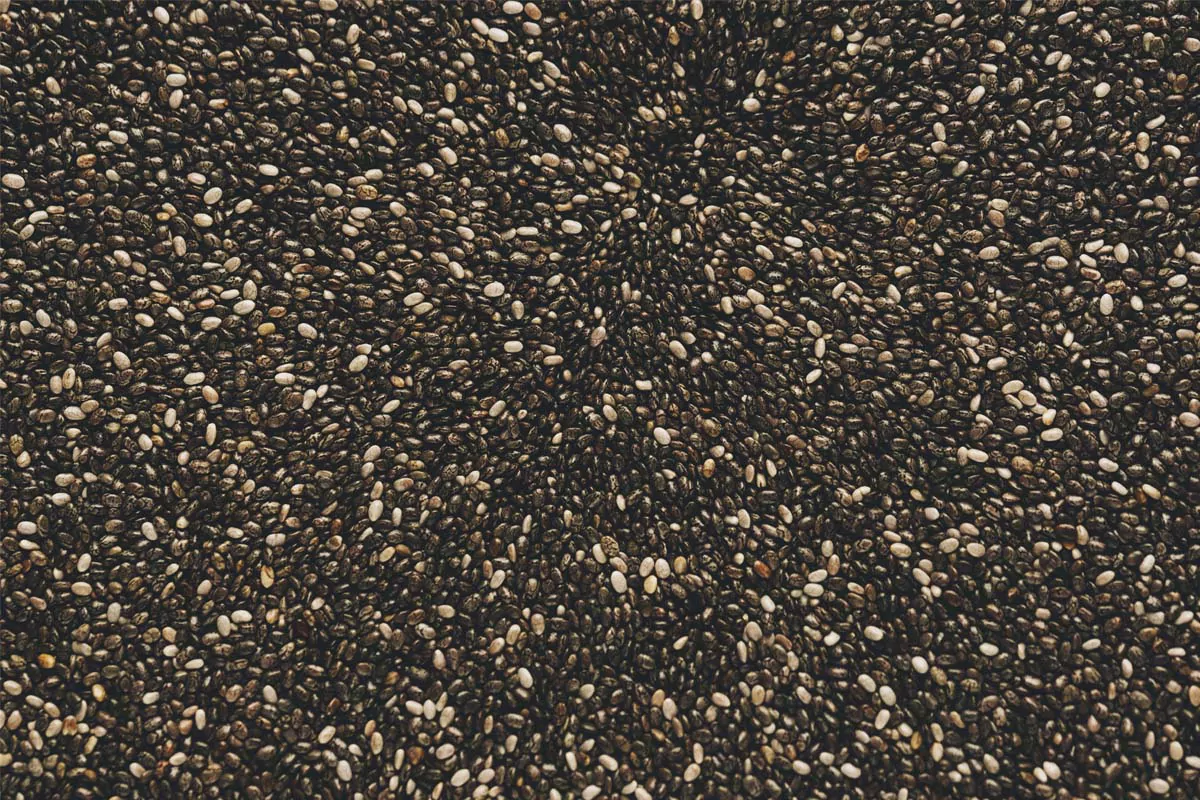
In addition to these two seed oils, we also use a variety of other “seed” oils like red raspberry seed oil, chia seed oil and non-seed oils like coconut or olive oil. We know when you say “seed oils” these may not be the ones you’re referring to but we figured we’d give them some recognition since they are, in fact, seed oils.
- Flaxseed Oil: A rich source of omega-3 fatty acids, flaxseed oil helps to balance the omega-6 to omega-3 ratio when incorporated into the diet. It also contains lignans, which have antioxidant properties.
- Hemp Seed Oil: Another oil with an ideal omega-6 to omega-3 ratio, hemp seed oil provides essential fatty acids, minerals, and antioxidants, making it beneficial for overall health.
- Pumpkin Seed Oil: A good source of zinc, magnesium, and vitamins A and E, pumpkin seed oil supports skin health and helps maintain a balanced fatty acid profile.
- Chia Seed Oil: High in omega-3 fatty acids and antioxidants, chia seed oil is beneficial for skin hydration and protection against environmental stressors.
- Sesame Seed Oil: Rich in antioxidants and healthy fats, sesame seed oil is known for its soothing properties.
- Olive Oil: High in monounsaturated fats and antioxidants like vitamin E. (This oil is not considered a seed oil, since the entire fruit is used in extraction. However, because this oil is a common and easily accessible culinary and beauty oil, we added it to our list here).
Some of the ones we like to favor in our products, are even more unique and include black cumin seed oil, broccoli seed oil, red raspberry seed oil, apricot kernel oil, sacha inchi oil, and rosehip seed oil, which you can find in many of our moisturizing, herb-infused facial oil formulas.
The History of Seed Oils for Beauty
Looking throughout history, you will find that the secret behind glowing, supple skin has been, in part, attributed to all types of seed oils. This isn’t a new-age trend. Imagine Cleopatra, the epitome of beauty in ancient Egypt, meticulously applying sesame oil onto her skin, ensuring it remains radiant under the blazing African sun. Seed oils weren’t just for the royals, either. Records dating back over 4,000 years unveil the Egyptians’ love affair with oils like castor and moringa, revered for their skin-softening superpowers.
Traditional Chinese medicine was already ahead of Cleopatra’s game. Holistic practitioners, over two millennia ago during the Han dynasty (206 BC–220 AD), were weaving the magic of seed oils, like camellia, into their skin prescriptions. They weren’t just onto something; they were pioneers. These oils were held in high esteem for their knack to enhance the look of skin elasticity, even the skin tone, and gracefully combat signs of aging.
You’ll also find that Ayurveda—the ancient health science—was high on seed oils, notably sesame. It’s not hard to see why; this oil dives into the skin, offering profound, natural moisture.
In the times of the European renaissance, in the 15th and 16th century, the herbalist Hildegard von Bingen (to many the G.O.A.T.) was educating people on the marvels of plant-based oils in beauty rituals.
Seed oils aren’t a flash in the pan. They are companions in the journey towards radiant skin. They bridge cultures and epochs, offering an enduring, global testament to nature’s inherent wisdom in skin care.
Why Applying Oils Topically Is Beneficial for Skin
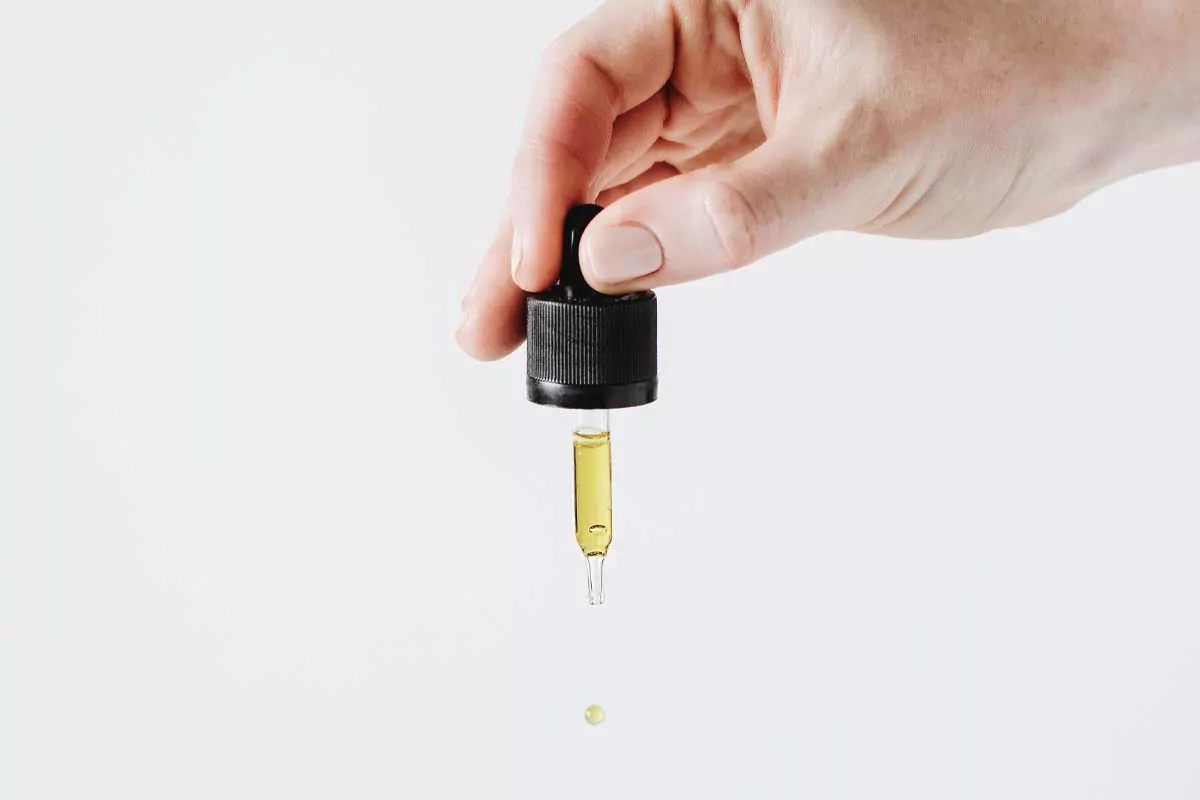
So, while it is important to reduce excess ingestion of omega-6 to prevent an overload of inflammation in our body, there’s a slightly different story when it comes to topical usage. (However, to restate one of my assertions above: Even with topical usage, steer clear of the poorly sourced and processed industrialized seed oils, as any sense of nutritional content has been completely stripped.)
Topical application of high-quality, cold-pressed or clean pressure-extracted seed oils can provide a range of benefits for the skin. These oils are rich in essential fatty acids, vitamins, and antioxidants, which can nourish and protect the skin’s natural barrier. When applied topically, high-quality seed oils can improve skin moisture and suppleness, tackle dryness, reduce temporary redness, and promote a more youthful complexion. (Don’t get me started, but I think I nailed it with the FDA compliance language there.)
High-quality seed oils, unlike their industrialized counterparts, retain their full nutritional profile, as they are extracted without the use of high heat or chemicals. This preservation of nutrients ensures that the skin receives the maximum benefits from these oils.
Additionally, what might be the most important distinction here, is that the way in which the oil is utilized by the body in topical application is different when compared to the ingestion method. When you ingest seed oils, they are broken down into their components. When you eat too much of them, they can lead to an imbalance in the body’s omega-6 to omega-3 ratio, which can trigger inflammation, as omega-6 fatty acids are involved in the body’s inflammatory response.
However, when you apply high-quality seed oils to your skin, they remain on the skin’s surface and don’t enter the bloodstream in the same way as when ingested. Instead, the oil acts as a moisturizing and protective layer on the skin, helping to retain moisture and shield the skin from external factors like dry air, pollutants, and irritants.
On top of that, the skin has its own protective mechanisms and a natural barrier called the stratum corneum, which is made up of surface buildup and lipids. This barrier helps prevent the entry of harmful substances and maintains skin hydration. While some molecules from the oil may penetrate the topmost layers of the skin and provide beneficial effects, they are not likely to reach levels that would lead to systemic effects or cause inflammation like when ingested in excess.
Seed Oils for Skin: Final Verdict
I’m overjoyed to see many of my health-minded friends writing about seed oils since I think it will improve the health of many who come across their articles. It’s not like it was 15-20 years ago, when you had to travel to a Unitarian church in Los Feliz to learn about the unconventional things that are now accepted as norms. We’re now in a time where access to information on optimal, non-toxic living is readily available—and the right post in your feed can literally add years to your life.
But with this widespread, 5-to-15-second-clip messaging, we also have to understand the loss of nuance that comes with it. I hope I’ve provided enough evidence of this so you don’t throw out the baby here. I’ll restate some of the assertions more succinctly again—most or all seed oils in your diet should be limited or even completely avoided. High-quality, well-sourced, organic seed oils, used topically are OK—in fact, excellent—to use for your skin.
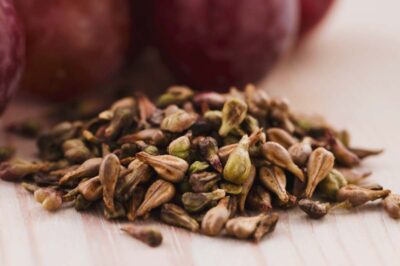

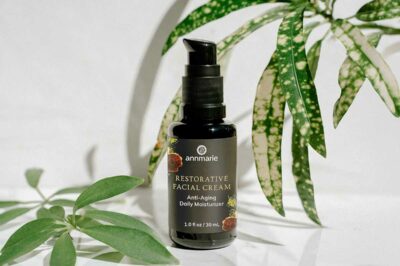





Leave a Reply